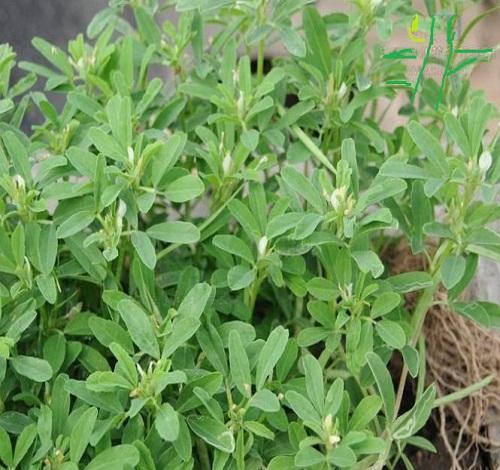
Fenugreek is a legume, genus of plant fenugreek, fenugreek annual herb, 20-80 cm tall, the main root up to 60 cm deep in the soil, the root system is developed, the stem is upright, cylindrical, multi-branched, slightly hairy.
Fenugreek pinnate three-out compound leaves, the base is connected to the petiole, the apex is tapering, the petiole is flattened, the leaflets are inverted oval, oblong lanceolate, the apex is blunt, the base is wedge-shaped, the upper half of the edge has triangular pointed teeth, the upper part is hairless, and the lower part is sparsely hairy, and the apical leaflets have a longer petiole.
Fenugreek is one of the indispensable materials for making curry spices, and is widely used in Indian cooking, young stems, leaves can be eaten as vegetables, leaves or seeds are dried and ground powder mixed into flour and steamed as a flavor enhancer, fenugreek gum as ice cream, instant noodles, canned food, frozen food thickener and improver in the food industry, plays a very important role in maintaining the color, aroma, taste, structure and relative stability of food.
Fenugreek seeds are used for medicinal purposes, mainly for the treatment of kidney deficiency and coldness, kidney weakness, abdominal distention, blue and black face, incense seeds, peach kernels, treatment of bladder qi, kidney aphrodisiac, fenugreek to promote the health of men, treatment of premature ejaculation and loss of libido and other issues, for kidney weakness and cold pain, small intestinal hernia, cold wet beriberi.
Fenugreek is adaptable, cold-resistant, grows rapidly, and is cultivated in China, the eastern coast of the Mediterranean, the Middle East, the Iranian plateau and even the Himalayas, and in the north and south of China, and is semi-wild in the southwest and northwest.